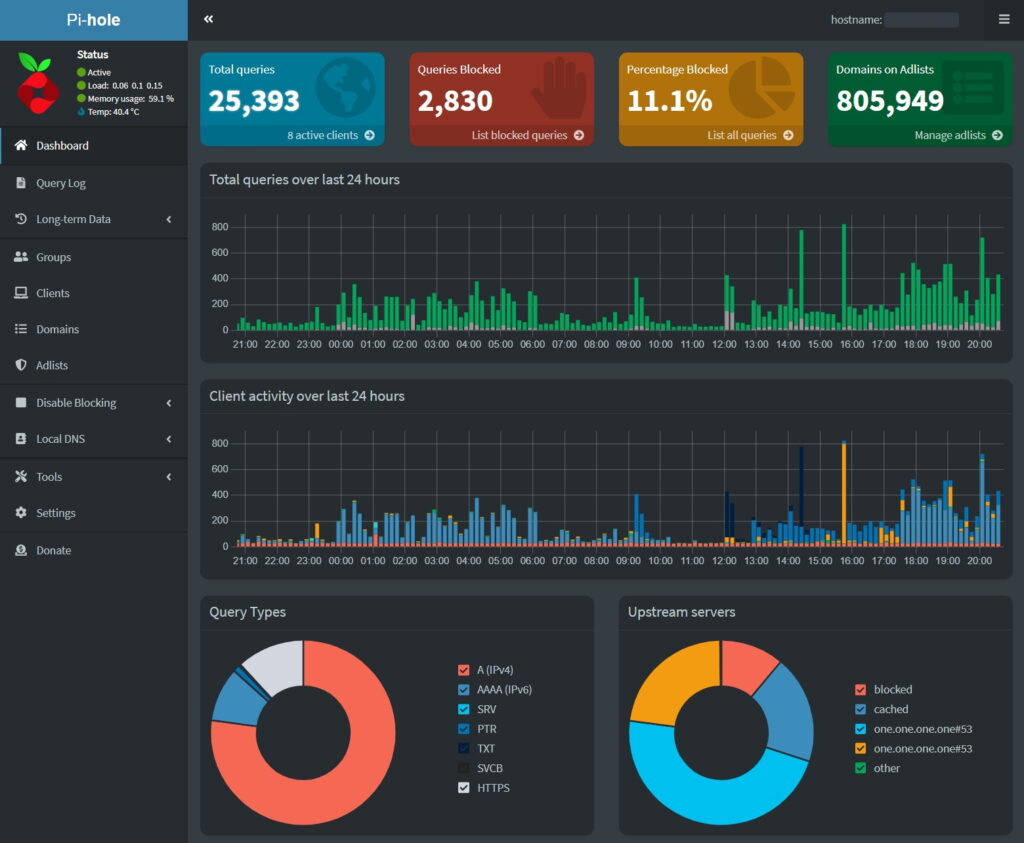Pi-hole
Recently, I embarked on an exciting IT project that brought my home network to the next level. I deployed a DNS sinkhole on a Raspberry Pi using Pi-hole and Docker.
For those who may not be familiar, a DNS sinkhole is a method of redirecting traffic from known malicious websites to a “black hole,” effectively blocking access to them. This can be incredibly useful in protecting your home network from malware, phishing attempts, and other online dangers.
I chose to use Pi-hole, an open-source software that specializes in this type of network-wide ad-blocking and tracking protection. I deployed it in a Docker container using docker-compose for easy management and scalability.
But my work wasn’t done there. I also had to configure my router to hand out the DNS sinkhole server IP address via DHCP. This ensures that all devices connected to my home network will automatically use the sinkhole for DNS resolution, providing maximum protection for my family and I.
The end result is a home network that is not only more secure, but also faster and more efficient. Browsing the web feels like a breeze and I no longer have to worry about unwanted ads and trackers cluttering my screens. It was a fun and satisfying project that I would highly recommend to anyone looking to take their home network to the next level.

